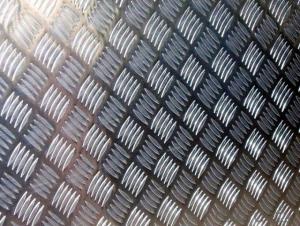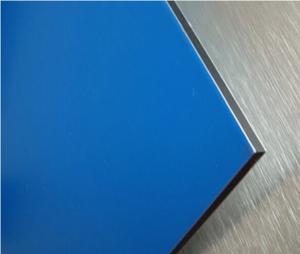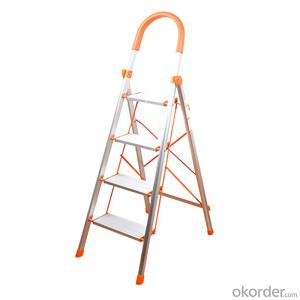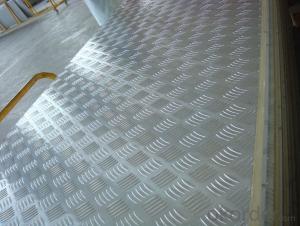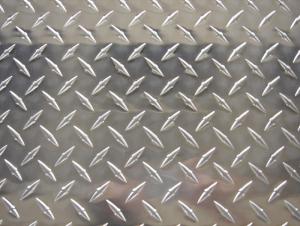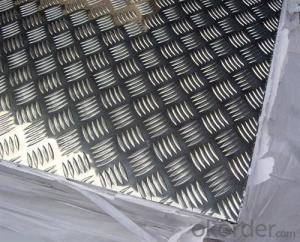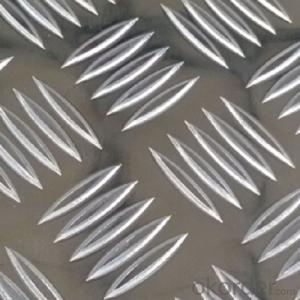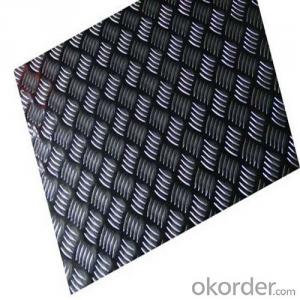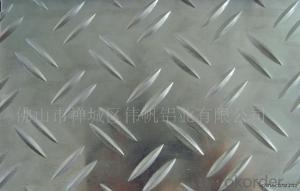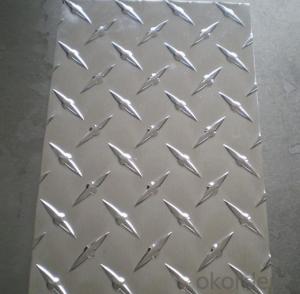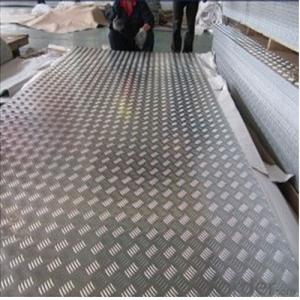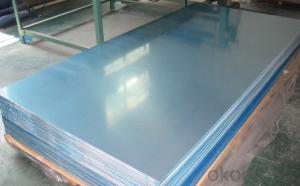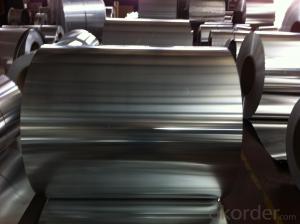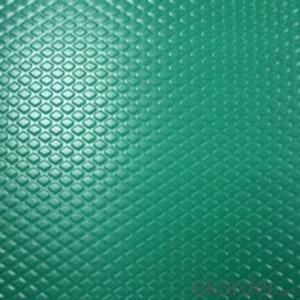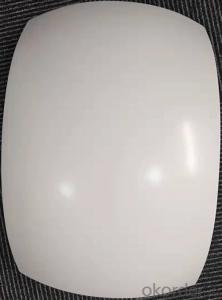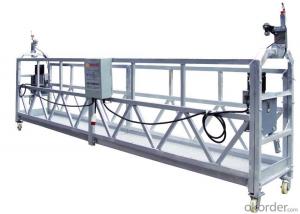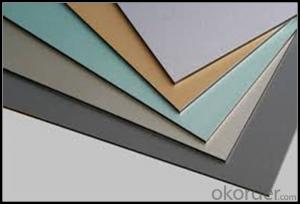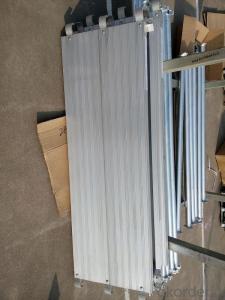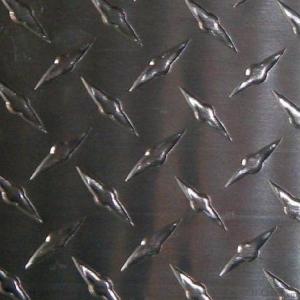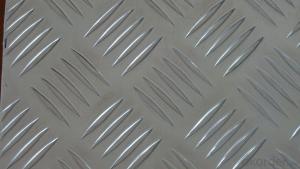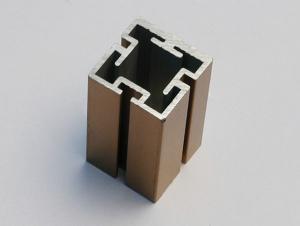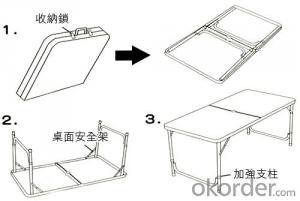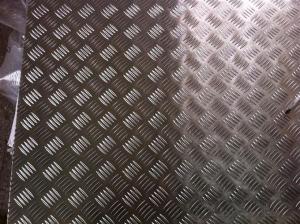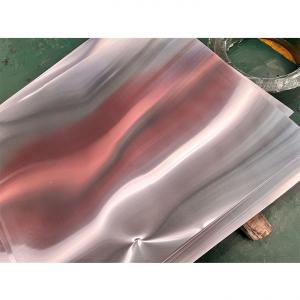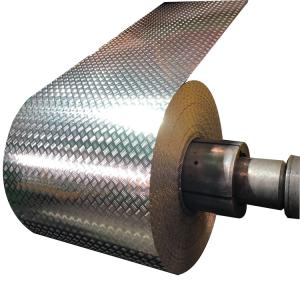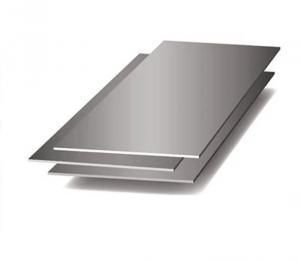Aluminum Skid Plate 4runner
Aluminum Skid Plate 4runner Related Searches
4runner Aluminum Skid Plate Aluminum Skid Plate Aluminum Anti Skid Plate Trd Aluminum Skid Plate Wraith Aluminum Skid Plate 4x4 Aluminum Plate 4 Aluminum Plate Tj Aluminum Skid Plate 4 X 4 Aluminum Plate E46 Aluminum Skid Plate 4 Mm Aluminum Plate Ktm Aluminum Skid Plate Tacoma Aluminum Skid Plate Fj Cruiser Aluminum Skid Plate 4x8 Aluminum Tread Plate 4 Inch Aluminum Plate Non Skid Aluminum Plate Rci Aluminum Skid Plate Tread Plate Aluminum S10 Aluminum Skid Plate Axial Wraith Aluminum Skid Plate Aluminum Tread Plate 4x8 Scx10 Aluminum Skid Plate 1 4 Aluminum Plate Aluminum Skid Plate Tacoma Ford Focus Aluminum Skid Plate Jeep Tj Aluminum Skid Plate Mazda 3 Aluminum Skid Plate Aluminum Kick Plate Aluminum Skid Plate Jeep JkAluminum Skid Plate 4runner Supplier & Manufacturer from China
Aluminum Skid Plate 4runner is a protective accessory designed specifically for the Toyota 4Runner, providing an extra layer of defense for the vehicle's undercarriage. This product is engineered to safeguard the vehicle's vital components from potential damage caused by rocks, debris, or other obstacles encountered during off-road adventures or everyday driving. The skid plate is crafted from durable aluminum, ensuring a lightweight yet robust solution that doesn't compromise on performance or protection.The Aluminum Skid Plate 4runner is widely used in various scenarios where the vehicle's undercarriage might be at risk, such as off-roading, towing, or simply navigating through rough terrain. It is particularly beneficial for drivers who frequently encounter challenging driving conditions, as it helps to prolong the life of the vehicle by reducing the likelihood of costly repairs due to damage from impacts or abrasions. By installing this skid plate, 4Runner owners can confidently tackle a variety of driving situations, knowing their vehicle is better protected.
Okorder.com is a reputable wholesale supplier of the Aluminum Skid Plate 4runner, offering a vast inventory to meet the needs of both individual buyers and businesses. With a commitment to quality and customer satisfaction, Okorder.com ensures that each skid plate is manufactured to the highest standards, providing a reliable and long-lasting solution for 4Runner owners. By partnering with Okorder.com, customers can expect to receive their Aluminum Skid Plate 4runner promptly and at a competitive price, making it an excellent choice for those looking to enhance the protection of their vehicle.
Hot Products
